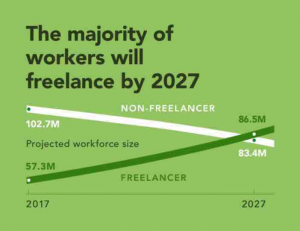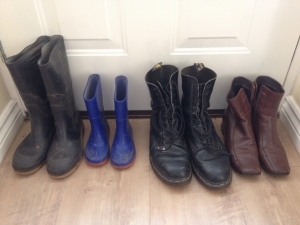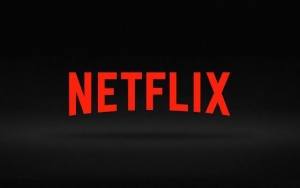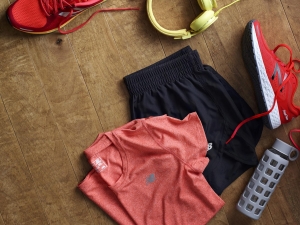 We have just returned from a couple of weeks driving along the Californian coastline, one of my favourite holiday spots, where I noticed a change.
We have just returned from a couple of weeks driving along the Californian coastline, one of my favourite holiday spots, where I noticed a change.
When I first started visiting America I remember marvelling at some of the larger department stores such as Bloomingdales, Macy’s and Nordstrom. Today, these stores look like they are stuck in time, and that is if they are there at all. I sensed more boutique businesses, smaller operators and niche products which are of course supported by mammoth online platforms like Amazon that encourage them to thrive.
How much is technology responsible for this and have the large retailers missed the trend change, or have they been hamstrung by huge properties in malls and cannot move fast enough? Online shopping and service has certainly dented any rosy future for them in their current form.
As consumers we are happy to pay for convenience as ordering online has become slicker and quicker and where product choice is unparalleled. Equally no consumer can tell how large or small an online player really is; plus, who cares as long as the product is genuine and delivered on time to our doorstep.
Combine this with the fact that 20% of people have sold something online in the past year (Pew Research), the reduction in free time most people complain of, and the increase in freelance and contract work, and it all points to a new way of living and shopping which we have taken in our stride. It is likely to gather pace, never to return.
Part of me was saddened to see the old stalwarts fading or missing, but it reminded me that we are on a treadmill of tech-led change, and if we stand still we invariably go backwards.






